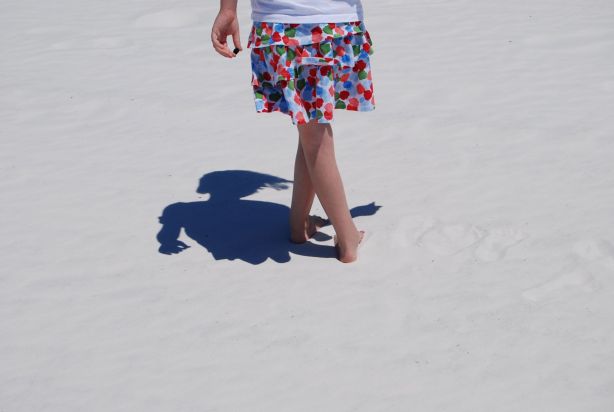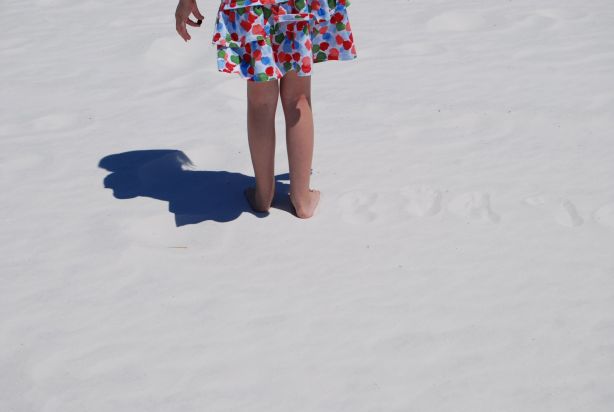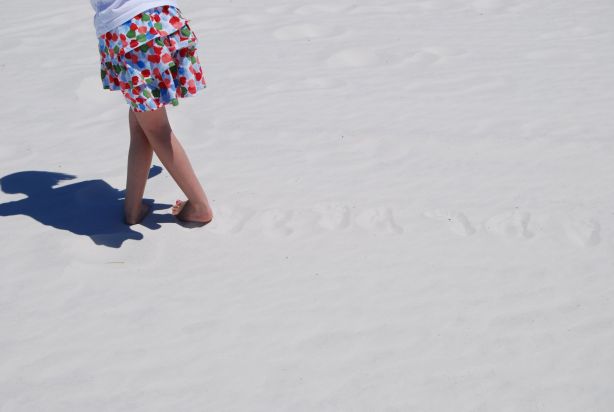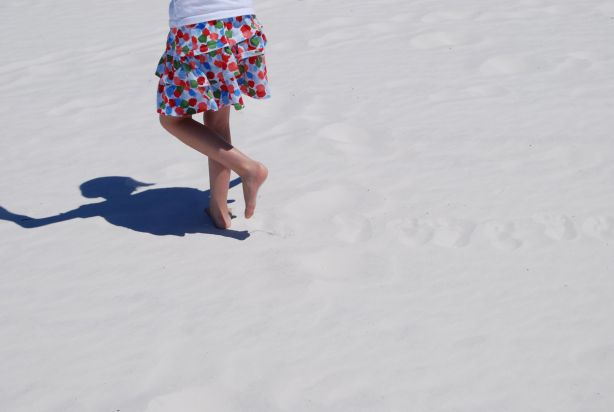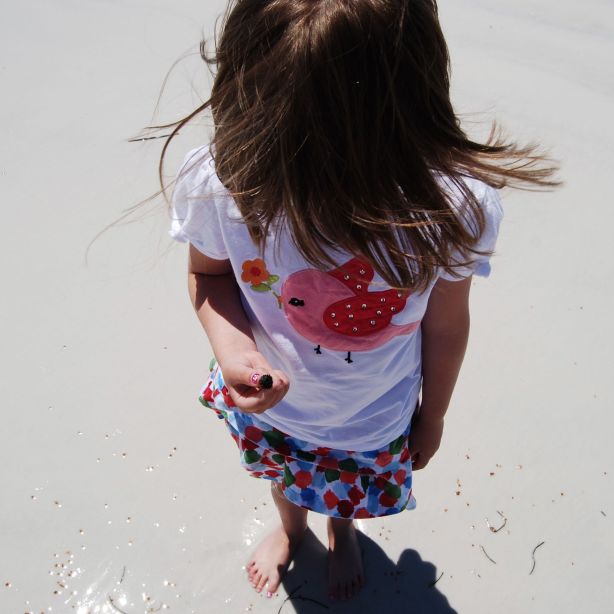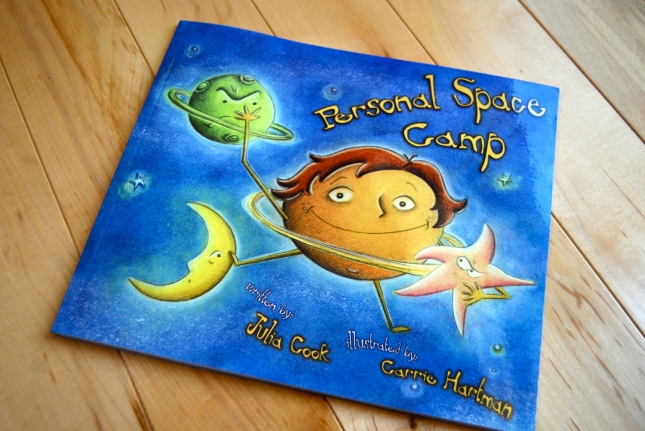 photo by wenzday01
photo by wenzday01
A couple weeks ago, we headed to our pediatric pulmonologist for Jenna’s 6 month checkup. I have a stethoscope (like the one pictured above, in case you were worried it was from a Fisher Price doctor kit) and routinely listen to her lungs to have an accurate baseline of her “normal” and monitor any changes or concerns. I told him that I had been noticing decreased breath sounds in her posterior, lower right lung and was concerned because it didn’t seem to be getting better. He nodded and confirmed that he heard the same thing and was also concerned. He ordered a chest CT to take a look at what’s going on in there currently, as well as to compare to the one she had at 2 to see if she is making any progress, remaining stable, or getting worse.
We had the CT scan last week, and Jenna was a trooper. She held as still as a statue for fear of the alternative: IV sedation. She HATES anything that requires a needle and poking and was determined to do it without. She did great.
This week we got a call to come in to the pulmonologist’s office to discuss the scan. The news was not so good. There was some comment about her lungs being the worst of any patient he’s ever seen, but, apparently, no prizes are awarded for worst. He showed me the extensive scarring and opacities throughout the scan, and my heart sank. It didn’t look any better than it ever has, to me. I asked him how it compared to the previous scan, and he said he hadn’t been able to access it yet. That comparison is next on his list, and should be happening this week. He asked me to go over her prenatal, birth and medical history again for him, and we talked, again, about her diagnosis of BPD and how that has never really “fit” her case quite right. He gave me a new diagnosis.
Bronchiolitis obliterans.
You can go read more about it through the link, but in a nutshell, her lung scarring has shut off major portions of her airways and restricted proper growth of her lungs. He said that she will never have “adult sized” lungs and will always struggle with fatigue and respiratory issues that will make her more prone to serious illnesses like pneumonia, as well as likely requiring her to depend on oxygen support again at some point. The main thing we need to determine is whether or not her condition is worsening (he will do this by comparing this CT scan to the last one). If it is, we need to find out why, so we can halt the process. We’ve already ruled out many possibilities over the years through various testing. Most suspect, if she’s worsening, are aspiration (stuff backing up from stomach into lungs or incorrect swallowing) or an underlying immune disorder. Testing for these would include a swallow study, bronchoscopy and blood work. Again, whether or not we do those tests depends on whether or not he finds that her condition is worsening.
His immediate concern is her current breathing status when she sleeps. For the last year, we’ve been noticing (and telling him) that she seems to often wake with fatigue, even though she sleeps 12 hours at night and still naps 4 hours in the afternoon. He said that everyone’s respiratory status drops with sleeping, but a typical person can manage that drop with no problem. His concern is that Jenna’s oxygen levels are dropping significantly enough (and carbon dioxide levels climbing as a result) that her body is kind of always running on a constant oxygen deficit from which she can never catch up. If this is the case, she might need to go on oxygen support at night right now.
We’re starting with home monitoring with a pulse oximeter tomorrow night. After he sees those results, he’ll determine if she needs (ANOTHER) full blown sleep study. We’re doing a six week test of prophylactic inhaled steroids to see if we notice any change when we stop them. It’s most likely that inhaled steroids don’t really help her condition unless she’s sick, because the meds can’t get past the airways that are closed from scarring. If we don’t see any change when we stop the inhaled steroids, we won’t continue to give them unless she’s sick, which will be somewhat of a relief because we usually notice some behavioral issues that accompany the steroid use (not to mention the financial savings).
Since learning more about the diagnosis through medical journals online, I have several more questions that will hopefully be answered in this next week, including possibilities of: cardiac issues from pulmonary hypertension, lung transplant, and shortened life expectancy, as well as available treatment options including experimental studies.
In summary, we don’t really know a lot at this point, but it looks like a summer full of more testing and determining better what’s going on with her. Until now, we’ve been holding onto the hope that kiddos generate new lung tissue until (around) the age of 8. I asked our doc where he thinks Jenna stands in that area, given the fact that she’s already 5 and a half. He gravely shook his head and said we’re not going to see any improvement. Her lungs are basically so scarred that, even if her body does some repair work, it won’t be significant enough for us to notice any difference. That was discouraging news. BUT: it would be phenomenal to find a way to make her more comfortable, less generally fatigued, and not have to work so hard to breathe, which is hopefully the direction we’re heading with the path we’re on now.
If you’ve stumbled upon this post and have any information on or experience with pediatric lung disease or bronchiolitis obliterans, I’d sure love to hear from you in the comments!
Update 6/1/11: Just got a call from the pulmonologist who said that the comparison of Jenna’s current CT scan and the one from when she was two DOES show improvement! EXCELLENT news! So, even though her lungs are in terrible shape now, “better” still equals BETTER! Now, we just have to see if she needs oxygen support at night or not. Thanks for all your wonderful comments & support!

